The time has arrived, you’ve decided you want to become a freelance marketer. It’s now time to decide your freelance pricing. You’re probably wondering how to price your freelance packages so they’re in line with other people in the market and industry without underselling yourself.
According to recent statistics, more than 2.2 million people are freelance in the UK alone, with the freelance economy contributing approximately £125 billion to our economy. With more people than ever deciding to go it on their own, it’s vital to feel equipped with the pricing packages that will pay your bills, and provide you with financial stability. One thing is for certain, we’re realists around here. While freelance guru’s on TikTok may be telling you to charge no less than $1,000 an hour, we want to provide you with concrete advice and tips on how to price your freelance services in the long run.
Keep in mind that the freelance industry is HUGE. There are people of all skills, levels, and talents offering their services for a fee. This means it’s difficult to give you an exact figure to aim for. Instead, consider the points below, and start networking with more experienced freelancers to understand the current landscape.
Figuring out your freelance pricing: Hourly rate or project-based
As you will most likely already know, freelance rates in the UK have changed a lot since the start of the COVID-19 pandemic. The industry is more competitive than ever, especially in marketing fields like social media. However, this isn’t necessarily a bad thing. Before you go any further with figuring out your freelance pricing, let’s talk about the types of pricing packages you may want to offer.
Hourly rate
Typically when you think of freelance services, you will understand charging by the hour. Perhaps you’ll even be familiar with a half-day or day rate at this point (a very popular choice with contractors of large corporations). Charging hourly is a great way to complete small projects but it doesn’t come without its flaws.
Hourly rate contracts can get complicated. This can happen when clients have an expectation of how many hours it will take you to complete a task. For example, if you’re asked to write a short blog, it may take you 2 hours to research and draft it up, then another 30 minutes for edits and changes. You would then naturally bill the client for 2 and a half hours, which is logically correct. Despite this, the client could refuse to pay and demand that they expected the blog would only take 1 hour to complete.
Hourly rates do work for some freelancers, but it’s always worth considering your freelance niche before going ahead and committing to anything.
Project-based
If your tasks are more related to an ongoing project, or campaign, you could consider charging on a per-project basis. This will mean you can give the client an overall price at the start of the contract and there are no surprises when you bill them.
With project-based contracts, you can ask for a deposit before getting started and then ask for final payment afterward. In terms of the deposit, anywhere between 20% to 50% depending on the scope of the project is standard. You are then covered as a freelancer in two ways: you have already received some payment upfront which means you can afford to carry on paying your bills and rent/mortgage, and you can also have faith that you will get paid from the client (as they’ve already paid you at the beginning of the contract.)
One of the downfalls of project-based contracts is when putting together your pricing. For example, you will estimate the hours spent on the project (along with other factors, of course.) However, sometimes these estimates can be wrong which may mean you spend a lot more time than you originally planned working on the project, and not getting the amount you thought you would.
Things to consider
Before deciding how to price your freelance packages, consider the points below carefully. Remember, everyone is different and you shouldn’t compare yourself to other freelancers who have been in the industry for a lot longer than you.
- How much marketing knowledge and skills do you have? – If you’re sitting reading this blog with specialist skills you’ve mastered over the last 5 to 10 years, you should definitely be charging a lot more than someone who is just getting started in the industry. Essentially, the more knowledge you have up your sleeve, the more you can charge.
- How passionate are you about the client’s industry? – Ask yourself, how much will you enjoy creating the content, or doing the tasks within the contract? If you enjoy it, maybe you could charge less simply because you will enjoy the tasks more. This isn’t a hard and fast rule but always good to consider when putting your pricing together.
Pricing your freelance services can be difficult if you’re doing it for the first time. So, make sure you take some time to think about the project/campaign and take into consideration the points above.
We have lots of great content in our Girls in Marketing Membership that is helpful if you’re interested in freelance marketing. Become a member here.






